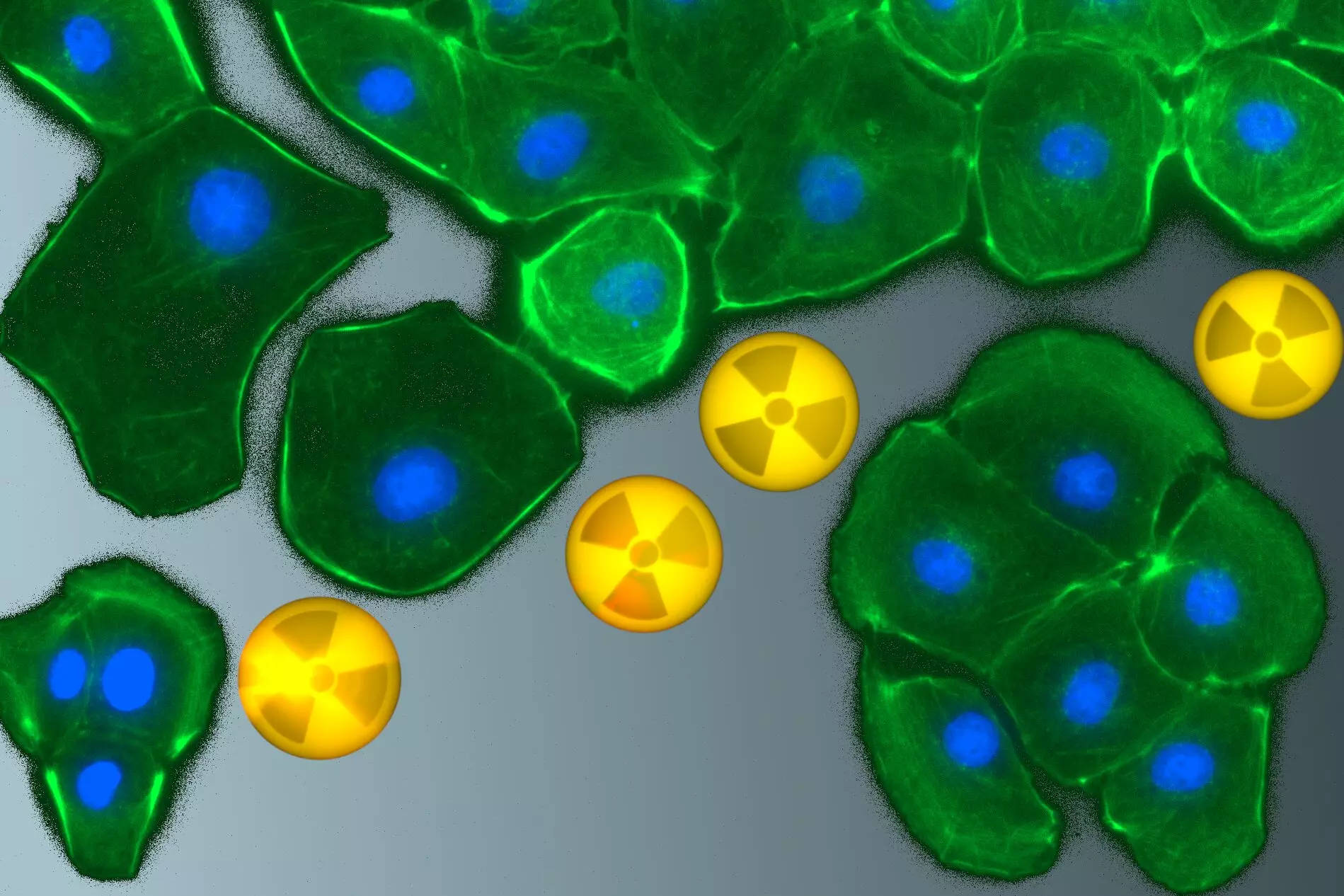Radionuclides, with their unpredictable behaviors and potential health repercussions, enter the human body through a variety of channels, including inhalation and ingestion or even through open wounds. Once inside, these radioactive elements provoke a silent yet formidable threat to our health. While extensive research has focused on animal models to assess the risks of radionuclide exposure, there’s a significant gap in understanding their toxicity at the cellular and molecular levels, particularly regarding human renal cells. This deficiency in knowledge places us at a disadvantage in combating the detrimental consequences of radionuclide exposure.
With radionuclides naturally present in the Earth’s crust, geological processes release these toxic elements into our environment. However, anthropogenic activities—such as mining, nuclear plant accidents, and improper waste management—have notably aggravated their presence. Alarmingly, the past sixty years have seen an escalation in the utilization of these elements in industry, medicine, and research, amplifying the risk of exposure.
Kidneys: The Body’s Detoxification Powerhouses
The kidneys play a critical role in filtering and detoxifying harmful substances, including heavy metals and radionuclides. They act as the body’s first line of defense against toxic exposure, mediating the excretion of harmful ions through urine. Dr. Astrid Barkleit from HZDR proclaims the significance of investigating kidney-cell interactions with these hazardous materials. Understanding these interactions could pave the way for better treatment protocols that focus on mineral removal from the body and, subsequently, the development of effective decorporation agents.
Despite extensive research into how heavy metals accumulate in renal cells, the complex biological and chemical processes remain poorly understood. Mathematical biokinetic models can describe general radionuclide distribution in the body, but these models do not capture the intricate cellular dynamics at play. Therefore, innovative research at institutions like TU Dresden and HZDR is crucial to bridge this knowledge gap.
Innovative Research Methods: The Intersection of Chemistry and Biology
The research team from TU Dresden and HZDR employed sophisticated analytical techniques to shed light on how heavy metals impact renal cells. In controlled in vitro studies, they assessed the effects of barium(II), europium(III), and uranium(VI) on human and rat renal cells. The careful selection of these specific elements reveals a strategic approach; for instance, barium(II) serves as a non-toxic analog for radium(II), while europium(III) mimics the behavior of more hazardous radioactive elements like americium(III).
These experiments equipped researchers with novel insights into cellular viability, death mechanisms, and metal ion uptake by renal cells. By utilizing advanced spectroscopic techniques and microscopy, they were able to visualize how cells respond upon exposure to these heavy metals. The findings indicate that cellular reactions vary considerably depending on the specific metal involved—ranging from cell swelling to membrane fragmentation.
Understanding Speciation: The Key to Unlocking Cellular Interactions
A pivotal aspect of this research involves understanding the speciation of heavy metals. Speciation refers to the distribution of different chemical forms of an element, which can significantly influence its interaction with biological systems. Researchers were able to observe how metal ions transitioned from their original aqueous states to being enveloped by cellular bioligands. This transformation is critical since it alters the bioavailability of these toxic elements and may impact their detoxification pathways in renal cells.
The ability to visualize the spatial distribution of europium(III) in cells through luminescence spectroscopy provided critical data to deepen our understanding of radionuclide behavior at the cellular level. For instance, fluorescence microscopy revealed manifold changes in renal cells during exposure, reinforcing the harsh realities of radionuclide interactions.
Long-term Implications for Health and Safety
The ramifications of this research extend beyond the laboratory. The understanding of heavy metal interactions with renal cells holds vital implications for public health, particularly in regions afflicted by uranium mining and contamination. As the legacy of industrial activities continues to pose challenges, this nuanced understanding could inform radiation protection protocols and contribute to the sustainable management of radioactive waste sites.
The intricate interplay between kidney cells and radionuclides underscores an urgent need for comprehensive research into the cellular dynamics of heavy metal exposure. The eventual development of decorporation agents that can safely and effectively rid the body of these toxic metals is a critical next step in safeguarding public health. Through ongoing research and technological innovation, we can aim for a future that mitigates the silent risks posed by radionuclide exposure.


Leave a Reply